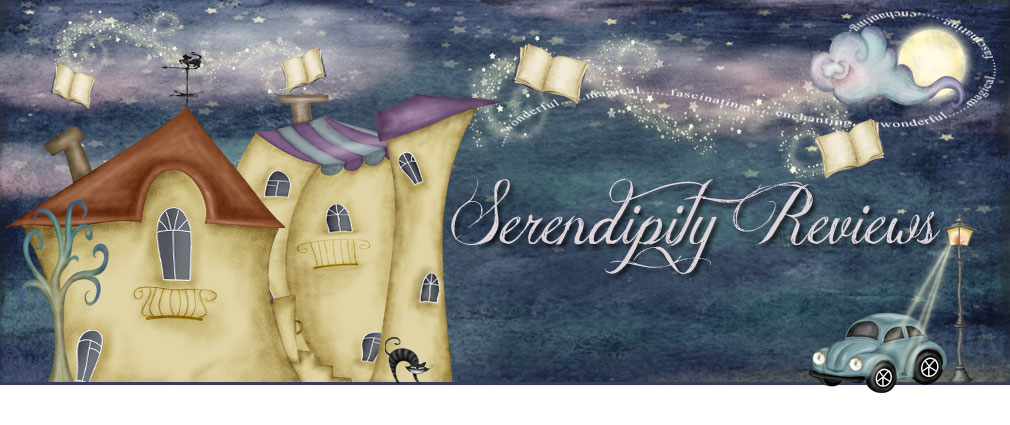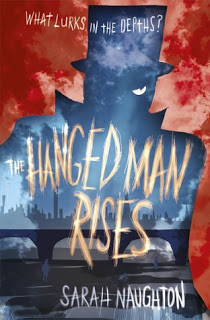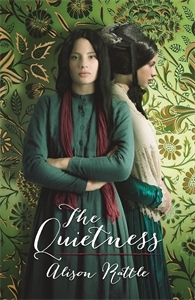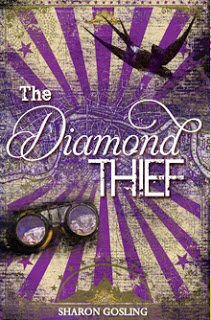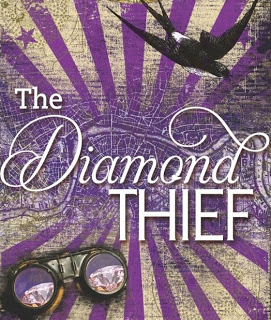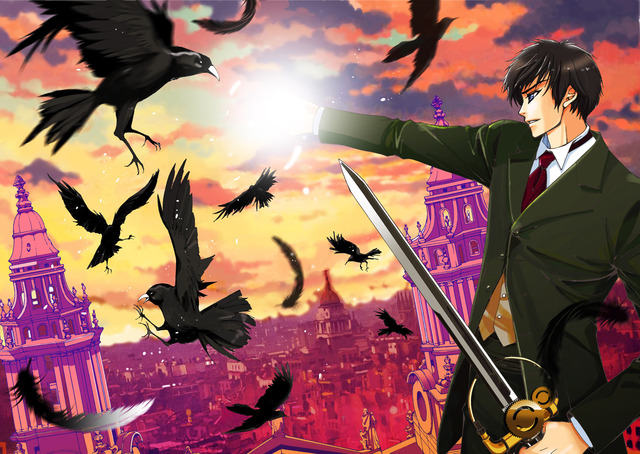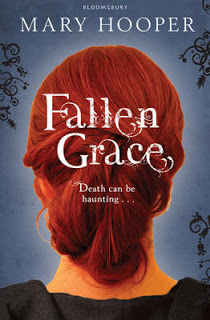To celebrate the publication of the first book from the new publisher Curious Fox, I am really pleased to welcome debut author Sharon Gosling onto the blog to discuss her writing journey to publication of The Diamond Thief which is published today! *throws glitter at Sharon to celebrate*
I would love to know a little about your writing journey. What did you do before writing books?
I’m really lucky in that I’ve always made my living from writing in some form. I always knew I wanted to be an author, but I also knew I had to be able to support myself while I tried to make that happen. So while I was still at school I started doing interviews and articles for a local magazine. Then I started writing book and TV reviews for a national magazine. I did that all through university and when I left, the same company took me on as a staff writer. A couple of years later they gave me a couple of magazines to edit, and then I started writing non-fiction books about TV shows for them. About seven years ago I went freelance to try and pursue my fiction properly, and for a while I worked as a producer, writer and director on some audio drama series, which taught me a lot about dialogue and structure, and I was lucky enough to work on a couple of things for Random House that also gave me valuable experience. Now, in between writing, I also work as a sub-editor on various magazines like heat, Closer, Look and more!.
Your debut book, The Diamond Thief, is about to be published. How are you feeling right now?
It’s both exciting and nerve-wracking, to be honest. I’m far more excited about seeing this on shelves than any of the other books I’ve written, because it’s actually ‘mine’, but I’m also nervous. This is
what I’ve wanted to do for so long… but what if it turns out I’m no good at it and people don’t like the book? Terrifying!
Can you tell us a little bit about the book for my readers who have yet to set eyes on it?
It’s set in Victorian London and tells the story of Rémy Brunel, a French circus performer who also happens to be the world’s best gem thief. She’s brought to London by her evil master to steal a huge diamond, but runs up against a determined young detective called Thaddeus Rec. Together they discover dastardly deeds going in the city’s East End.
Where did you get your inspiration from for it?
I actually first began working on the idea as a plot of an adult science fiction novel that was different in almost every respect apart from the fact that it was set in London’s East End. Rémy slowly morphed into a younger character, and the setting became Victorian London. The key came when I realised that a circus would be the perfect place for Rémy to have learned and developed her skills. And I loved the idea of a gem thief and a young detective having to find some way to help each other despite their natural antipathy. Opposites, as they say, attract.
How long did it take you to write?
It took 11 weeks. I know that, because it was originally written as a choose-your-own adventure ebook for a great company called Fiction Express. The idea was that each week, I would write a chapter which would be posted on line for people to read. At the end of each chapter, there would be three choices of where the plot could go in the next chapter for readers could vote on. Then I’d go away and write the next chapter according to what they had chosen. For me, it was hard work but brilliant, because it meant that I had deadlines. I’ve worked to deadlines my whole life, but without them I struggle to ever finish anything. This way I didn’t have a choice! Were there times when you felt that it would never get published? If so, how did you work your way through them? To be honest, I never really expected the book to be picked up for print. For me, the writing of the book for Fiction Express was a massive learning curve, and a personal boost in itself because I actually had achieved what I’d always wanted to do, albeit in ebook form. So I kind of forgot about the possibility that it might somehow turn into a physical book until I got an email telling me that Curious Fox were interested in taking it on.
Were you given any good writing advice that you would like to share with my readers?
“Write tight” is always a good thing to remember. Less is always more. Also, I always say that you must write every day. It doesn’t matter what it is or even how much - some days you’ll only manage a sentence. But make it a habit, and don’t break it. It’s also good to remember that even if you only have time to write 200 words a day, if you do that every day for a year, you’ll have a pretty chunky manuscript at the end of it. Easier said than done, I know!
What was your first reaction when you found out your book was to be published?
I think it was probably an email to my husband with the words ‘Squee!’ included in it somewhere!
Did you find it easy to get an agent?
I actually don’t have an agent, and never have done. I really should actively try to get one. I find the idea of the approaches daunting, though. It’s been said before that it’s harder to get an agent than it is to get a publisher, and I guess I’m proof of that.
How long did was it between the initial deal and publishing day?
Between Curious Fox taking an interest and publishing day was I guess about a year, perhaps a little more.
What are you working on at the moment?
Curious Fox are interested in a sequel to The Diamond Thief, so I’m working on a synopsis for that at the moment. Fingers crossed I can come up with something they like! I’m also working on two graphic novels, which is a bit of a departure for me, but I’m really enjoying it.
Who is the one person that cheered you on and supported you through your writing?
My husband, Adam. He encourages me to write every day - he even told me I should when we were on honeymoon. About four years ago, he found a novel I’d written online, formatted it and got it printed, to prove to me that I could do (and indeed had already done) it. He’s also the person who told me I should pitch Rémy to Fiction Express in the first place. He’s brilliant, and I don’t deserve him.
What advice would you give to aspiring and unpublished authors?
Perseverance is the key. It’s hard to retain faith in your ability when writing is an essentially lonely occupation, but just keep going. Every writer in the world hits the writer’s equivalent of the runner’s ‘wall’ at some point - that moment when you stare at what you’ve written and become disheartened and demoralised and wonder why you’re bothering. Published writers are generally the ones with enough experience to recognise that it’s just part of the process. You can write through it. Remember that if you’ve got something finished, it’s always going to be there. You can always go back and rework it. Just keep going!
The Diamond Thief by Sharon Gosling goes on sale today! I will be reviewing it in the next few days.
Book Summary
No one performs on the circus trapeze like sixteen-year-old Remy Brunel. But Remy also leads another life, prowling through the back streets of Victorian London as a jewel thief. Forced by the evil circus owner Gustave to attempt the theft of one of the world's most valuable diamonds, she discovers an underworld of treachery and fiendish plots.
Meanwhile, young detective Thaddeus Rec is determined to find the jewel and clear his name. Will Thaddeus manage to rescue the jewel? Or is it really Remy that he needs to save?
To find out more about Sharon Gosling:
Twitter
